Winning the War Within as a Leader
The first four principles for winning in business and in life have nothing to do with luck or environment. It's all about who you are on the inside.
Talking Points:
- Ownership: All responsibility for every failure rests with the leader.
- Accountability: There are only two types of leaders – effective and ineffective.
- Buy-In: The leader has to be a true believer in the mission and vision.
- Humility: Ego clouds and disrupts everything.
Discussion:
- Initial reactions to this topic? What jumped out at you?
- Which of the four principles stand out most to you, and why?
- Which principle is your strongest? Which is your weakest?
- What happens to a team where the top leaders don’t take extreme ownership? Give an example.
- “There are no bad teams, only bad leaders.” Agree or disagree? Explain.
- What are some signs that someone is failing to buy into the team’s mission? Do you have someone on your team like that?
- Give an example of ego disrupting the team.
- Is there a step you need to take based on today’s topic?
Adapted from the book Extreme Ownership.
Maintaining the Edge as a Leader
Planning. Verticality. Decisiveness. Discipline. These final four principles can help you maintain the leader’s edge - on the battlefield or in life.
Talking Points:
- The planning principle: Organizations need to create a standardized and repeatable planning process that is geared toward the “frontline troops”. The more simple and actionable the planning process, the better.
- The verticality principle: Communicating down, as well as up, the chain of command is an important aspect of leading well. Senior leaders need to clearly make their intents known down to their junior leaders. Junior leaders, in turn, need to send their situational awareness back up to their senior leaders, so they can make better planning decisions.
- The decisiveness principle: Good leaders will make the “best call amidst uncertainty”, Bad leaders will only paralyze themselves and make their team ineffective if they wait for 100% certainty to make a decision.
- The discipline principle: The most important quality for an individual or a team to have is self-control and disciplined habits. When it comes to working within the framework of well established procedures, everyone must find the balance between freedom and discipline.
Discussion:
- Initial reactions to this topic? What jumped out at you?
- Which of these four principles is your team’s strongest point? Which is the weakest? Explain.
- Are there plans in place for your organization to be more standardized or more ambiguous? Explain.
- How can you make your planning process simpler, more actionable, or repeatable for your team?
- As a leader, how clear are your intentions to your team? When have you listened and used feedback from your team?
- When have you made a good decision with the best information you had at the time? When have you waited too long to make a decision? What happened?
- How can you find the balance between working within established procedures and having freedom to be creative?
- As a leader, how can you be aggressive without being overbearing?
- Is there a step you need to take based on today’s topic?
Adapted from the book Extreme Ownership by Jakko Willink and Leif Babin.
The Four Laws of Combat in Leadership
When it comes to working as a team to accomplish a mission, these four principles work from the battlefield to the boardroom.
Talking Points:
- Alignment: Cover and move as a team to accomplish the mission.
- Clarity: Keep the plan simple enough for everyone to communicate it.
- Priority: Execute on the most important strategic objectives first.
- Empowerment: Decentralize command to let everyone make decisions.
Discussion:
- Initial reactions to this topic? What jumped out at you?
- Which of these four principles is your team’s strongest point? Which is the weakest? Explain.
- Explain how “cover and move” applies to your team. Give an example.
- Make a list of the things you need to simplify in your organization. How has complexity hurt your team?
- What are the top three priorities for your team right now? How long will it take to execute on those priorities?
- How many people on your team would say they feel empowered to make important decisions? How confident are you in their ability to make the right decisions?
- Is there a step you need to take based on today’s topic?
Adapted from the book Extreme Ownership by Jakko Willink and Leif Babin.
- Your Culture Gets What It Pays For
- Winning the War Within as a Leader
- Why Transparency Is So Important In the Workplace
- Who Is Sinking Your Boat?
- Where Should A Commander Be On The Battlefield?
- What’s Your Mission at Work?
- What’s It Like Being a Black Man in Corporate America?
- What it Means to Be a Leader
- What Is Team Culture (and Why Is It So Important)?
- What Google Learned about Team Culture
- Values in Leadership
- Unlocking Your Potential: The Power of a Growth Mindset
- Tips for Better Communication
- Three Phases Of A Healthy Conversation
- The One Factor That Causes Depression in the Workplace
- The Four Types of Meetings in the Workplace
- The Four Laws of Combat in Leadership
- The Eisenhower Priority Matrix for Leaders
- The Domino Effect and Time Management
- The Domino Effect
- The Cycle of Accountability
- The 7 Habits of Highly Effective People
- The 4 Things Bezos Looks for in a Quality Product
- The 3 C’s to Get Your Team on the Bus
- Team Fundamentals
- Strategy, Action Steps and Habits for the Team
- Strategic Alignment
- Stop Doing These 3 Things If You Want To Succeed
- Shattering the Glass Ceiling for Women in the Workplace
- Set the Right Goals for Your Company and Adjust as You Go
- Scorecard for Strategic Planning
- Salary Negotiating Tips for Women
- Relational Immediacy at Work
- Preparing for the Future of Work: AI in the Workplace
- Passive Aggressive Leaders Are Weak
- Next Level Work Ethic
- Navy SEALS Leadership
- Michael Jordan’s Top 10 Rules For Success
- Mastering the 7 Habits: Unlocking Your Potential for Success
- Managing Your Emotions in Conflict
- Maintaining the Edge as a Leader
- Leading Creative Teams Is Like Herding Tigers
- Leadership 101
- Jeff Bezos’s Top 10 Rules For Success
- How to Use Rhetoric to Get What You Want
- How to Stay Agile in Your Career
- How to Spread the Leadership Virus
- How to Repair Broken Trust on Your Team
- How to Motivate Underperformers
- How to Manage Your Energy, Not Just Your Time
- How to Lead an Emotionally Fragile Employee
- How To Keep Your Team Motivated
- How to Hire the Right People
- How to Get Your Whole Team Motivated for Mission: Start with Why
- How to De-Fang Failure in the Workplace
- How to Break Through Your Natural Ceiling of Achievement
- How The SBA Coronavirus Small Business Loans Work
- How a SWOT Analysis Can Help Your Team
- Handling Emotions In Conflict Resolution
- Handcrafted: Designing a Product to Scale
- Good Relationships And Three Shades of Dysfunction
- Giving Healthy Feedback in the Workplace
- Getting to the Root of the Problems on Your Team
- Getting the Right People on the Bus
- Get On “The Energy Bus”
- Gaslighting 101: Understanding & Overcoming Manipulative Relationships
- Emotional Intelligence at Work: Why IQ Isn’t Everything
- Emotional Intelligence and the Fundamental Law of Leadership
- Emotional Intelligence (EQ) Fighter Pilot Style
- Eliminating Sideways Energy
- Doing Conflict for the Good of Everyone
- Coach Wooden’s Definition of Success
- Business Advice From the Best and Brightest
- Being Vulnerable as a Leader
- Basic Building Blocks For Healthy Conflict
- Banking on the Edge: Inside the Silicon Valley Bank Failure
- Attachment Types in the Workplace
- Ask a Manager: Your Ultimate Guide to Navigating the Workplace
- Are You Measuring What Matters Most at Work?
- Applying Your EQ To Everyday Environments
- Amazon’s Flywheel: How Bezos Got to the Next Level
- 9 Tips for Being a Better Leader
- 7 Signs You Are Going to Be Successful
- 5-Star Leadership Assessment
- 5-Point Clarity for the Team
- 5 Ways to Know if You’re a Great Leader
- 5 Reasons Why Video Conferencing Is So Exhausting
- 5 Dysfunctions of a Team
- 4 Signs of a Good Listener
- 4 Corner Training in 2 Minutes
- 3 Pillars Of a Healthy Leader In the Workplace



